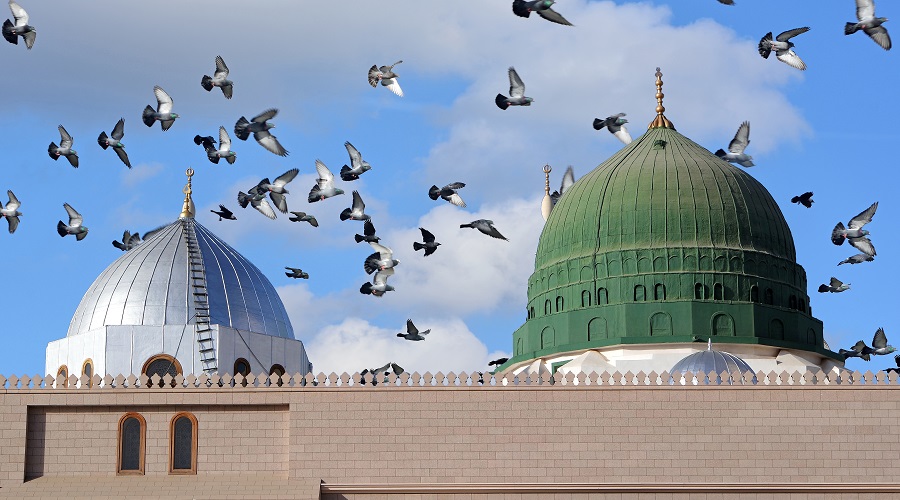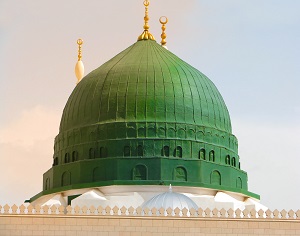Mosques built over the centuries have adapted
to local conditions emulating the mosque of the
Prophet Muhammad ﷺ (peace be upon him)

Adapting to climate change
Mosques built over the centuries have adapted to local conditions emulating the mosque of the Prophet ﷺ. But the advent of sophisticated plumbing, central heating, air conditioning and other modern conveniences have drastically changed their relations with the environment. Water is getting scarcer and the earth is getting warmer the former through gross misuse and the latter through the use of fossil fuels like coal and oil. Mosques are strategically placed to reverse these trends by changing the way they use these resources themselves and educating their congregations to do likewise.
Mosques can lead the way
Clean renewable energy
The scientific consensus is that the burning of ‘fossil fuels’ is responsible for the already-measurable shift in the world’s climate. Over the last few centuries, people have been extracting coal, gas and oil from under the ground and burning it in vehicles, heating and domestic appliances, using their by-products to make plastics and chemicals and to generate electricity. This has created air, land and sea pollution and shifted the balance of the gases in the earth’s atmosphere, the multi-layered canopy with which Allah protects the earth from intruding meteorites and cosmic rays. These scientists have observed that the world is warming up and that this is already starting to cause catastrophic changes in the world’s climate, with polar ice melting faster even than predicted, more and bigger storms, droughts, bushfires and other natural disasters. As the Qur’an warns us:
Corruption has appeared in land and sea caused by the hands of people so that they may taste the consequences of their actions and turn back
Qur’an, The Romans (Ar Rum) 30:41
There is an urgency attached to reversing these alarming trends and mosques can lead the way by adopting a conservation policy that includes the use of clean, renewable energy followed by a programme of conservation education aimed at their congregations.
For useful green ideas read the Muslim Green Guide to Reducing Climate Change.
The First Mosque – The original template
The first mosque built for the Prophet Muhammad ﷺ in Medina was very simply constructed.
The Muslims of Medina, including those who had migrated from Mecca, helped to build it, using stone for the foundations, mud bricks for the walls made from the local soil and palm fronds for shade.

The Prophet’s ﷺ minbar (pulpit) was made from a palm trunk and the pillars holding up the roof were also palm trunks. In Egyptian villages today, palm trees still grow in the middle of some houses, so it’s possible that in the Prophet’s ﷺ mosque, too, the pillars would have been live palm trees.
The building used minimum resources, next to no transport, and natural climate control by circulating air and providing shade from the hot sun. The wudu (washing) facilities were minimal. People who followed the Prophet’s ﷺ guidance and example used only a couple of handfuls of water to make wudu.
Since then the Prophet’s ﷺ mosque has been rebuilt and expanded by successive khalifas and sultans in ever grander proportions, until it now holds a million worshippers.
It is hoped that Medina will be one of the first of Islam’s holy cities to ‘go green’ and we look forward to hearing more about what, exactly, this will entail.
Meanwhile, let’s remember this historic mosque’s humble and eco-friendly beginnings and ponder on the hadith (teachings and practices of the Prophet ﷺ) about the tree where the Prophet ﷺ used to preach on Fridays, which cried like a child when a new minbar was built for him.
It is worth reminding ourselves the first mosque built fifteen centuries ago followed the same rules conservationists speak of today: Simplicity, locally sourced material and local labour.
